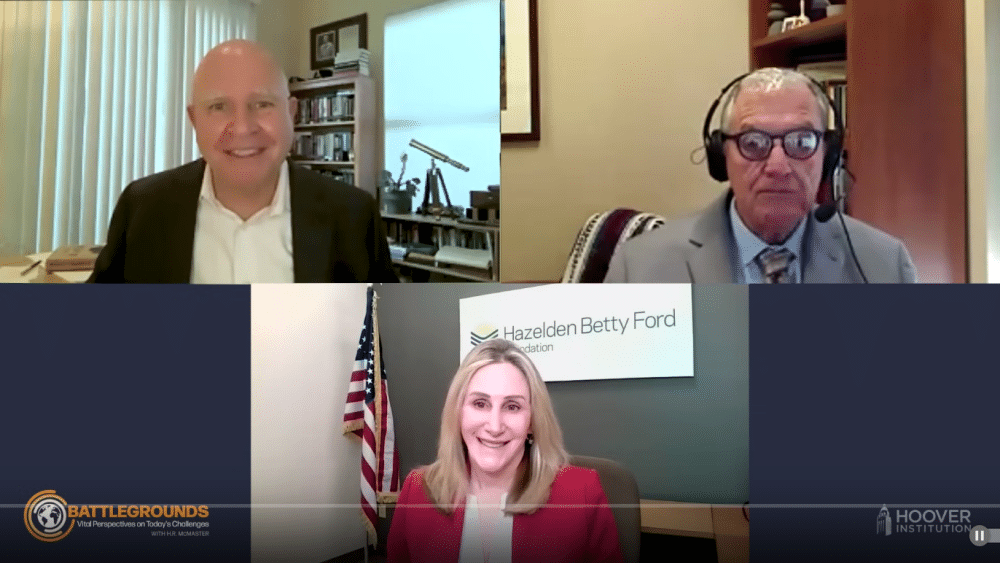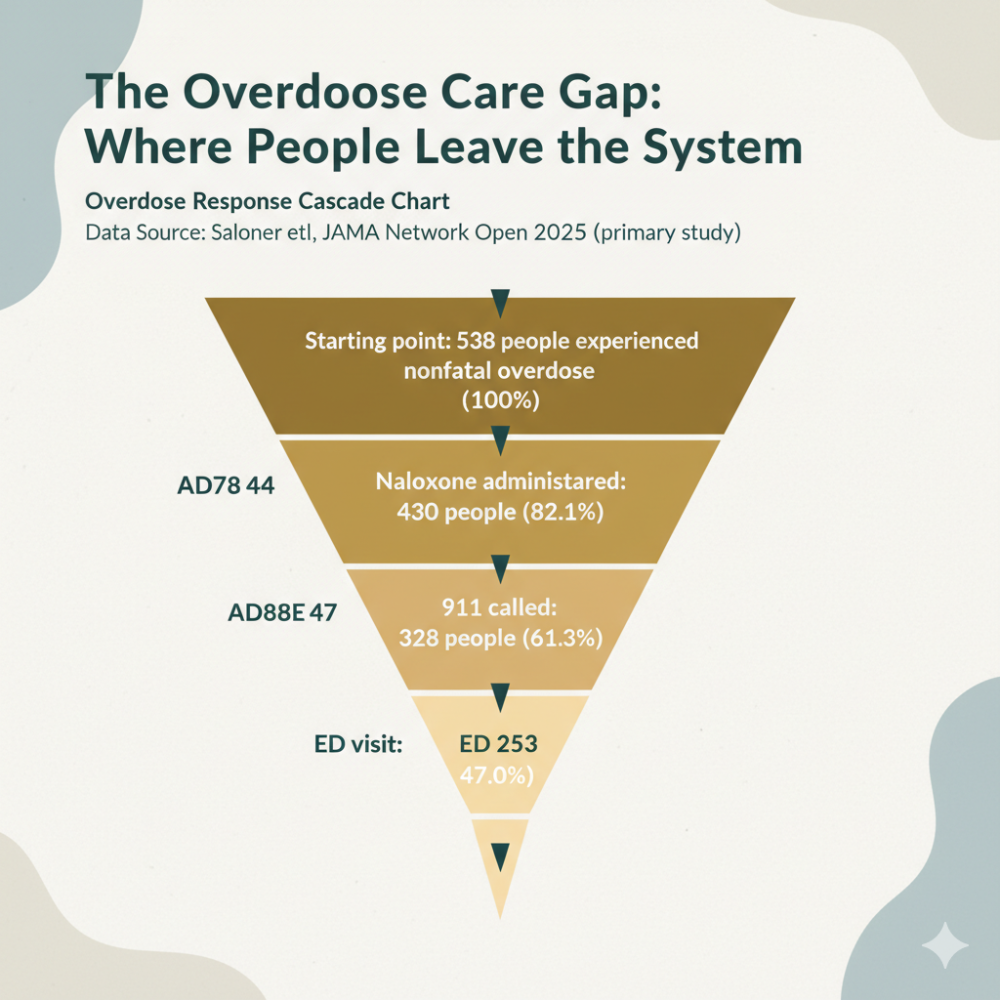In recent years, the United States has been grappling with an unprecedented opioid crisis, with fentanyl emerging as a particularly lethal threat. According to the Drug Enforcement Administration (DEA), fentanyl has become the leading cause of death for Americans between the ages of 18 and 45. This startling statistic underscores the urgency of addressing this crisis and the challenges faced by law enforcement agencies in their efforts to curb the spread of this deadly substance.
The Scale of the Problem
The magnitude of the fentanyl crisis is staggering. In 2022 alone, the United States lost 107,941 lives to fentanyl and methamphetamine overdoses. This tragic toll affects communities across the nation, from coast to coast and everywhere in between. The pervasiveness of fentanyl has created a situation where no community is left untouched by its devastating impact.
The Economics of Fentanyl Production
One of the primary reasons for fentanyl’s widespread availability is its low production cost. The DEA reports that the two main cartels responsible for fentanyl production in Mexico, the Sinaloa and Jalisco cartels, can manufacture the drug for mere pennies. This economic factor has made fentanyl the cheapest drug ever faced by law enforcement agencies, allowing for its mass production and distribution.
The only limiting factors in fentanyl production are the availability of precursor chemicals, which are primarily sourced from China, and the production capacity of the cartels. This low-cost, high-volume model has flooded the market with fentanyl, making it easily accessible and tragically lethal.
Challenges in Enforcement
The fight against fentanyl presents unique challenges for law enforcement agencies:
1. **Global networks**: Both the Sinaloa and Jalisco cartels operate in more than 50 countries, creating a complex web of international criminal activity.
2. **Deceptive practices**: Cartels are now hiding fentanyl in other drugs and manufacturing counterfeit prescription medications that contain fentanyl and filler, making detection more difficult.
3. **Potency**: Tiny quantities of fentanyl can be lethal, making handling and interdiction extremely dangerous.
4. **International cooperation**: The need for coordinated efforts across multiple countries complicates enforcement strategies.
DEA’s Strategic Approach
In response to these challenges, the DEA has developed a comprehensive strategy to combat the fentanyl crisis:
1. **Targeting the entire supply chain**: The DEA is focusing on every aspect of the global supply chain, from Chinese chemical suppliers to Mexican cartel leaders, manufacturers, U.S.-based distributors, and money launderers.
2. **International collaboration**: Despite challenges, the DEA is working to foster cooperation with international partners. Recent engagements with the Chinese Ministry of Public Security have led to some progress, including arrests in both China and Mexico related to a case involving a Chinese money laundering organization working with the Sinaloa cartel.
3. **Legal action**: The DEA has brought charges against Chinese companies and nationals involved in the supply of precursor chemicals, as well as targeting cartel leaders and their associates.
4. **Domestic enforcement**: Efforts are ongoing to identify and prosecute individuals involved in the distribution of fentanyl within the United States.
The Role of Medical Professionals
While the primary focus of the DEA is on illegal drug trafficking, the agency also monitors the legitimate medical use of controlled substances. Recent investigations have targeted medical professionals who divert controlled substances from normal medical practice. A high-profile case involving the late actor Matthew Perry highlighted this issue, where doctors allegedly prescribed ketamine without proper evaluation or supervision, charging exorbitant fees for the medication.
Political and Diplomatic Challenges
The fight against fentanyl is further complicated by political factors. Mexico’s current administration, led by President Andrés Manuel López Obrador, has adopted a non-confrontational approach to drug cartels, summarized by the slogan “hugs, not bullets.” The incoming president, set to take office on October 1st, has indicated she will continue this policy, potentially limiting Mexico’s cooperation in combating drug trafficking.
Looking Ahead
As the DEA continues its efforts to combat the fentanyl crisis, several key areas will require ongoing attention:
1. **Strengthening international cooperation**: Despite challenges, continued engagement with countries like China and Mexico is crucial for disrupting the global supply chain of fentanyl and its precursors.
2. **Adapting to evolving tactics**: As cartels change their methods, law enforcement agencies must remain agile and innovative in their approach to detection and interdiction.
3. **Public awareness and prevention**: Educating the public about the dangers of fentanyl and supporting addiction prevention and treatment programs remain vital components of a comprehensive strategy.
4. **Balancing medical needs and enforcement**: Ensuring that legitimate medical use of controlled substances is not unduly restricted while preventing diversion and abuse will continue to be a delicate balance.
The fentanyl crisis represents one of the most significant public health and law enforcement challenges of our time. As the DEA and other agencies work tirelessly to combat this threat, it is clear that a multifaceted, global approach will be necessary to turn the tide against this deadly epidemic. The coming years will be crucial in determining the success of these efforts and, ultimately, in saving American lives.
Watch a video via CBS news Interview about these recent issues.



